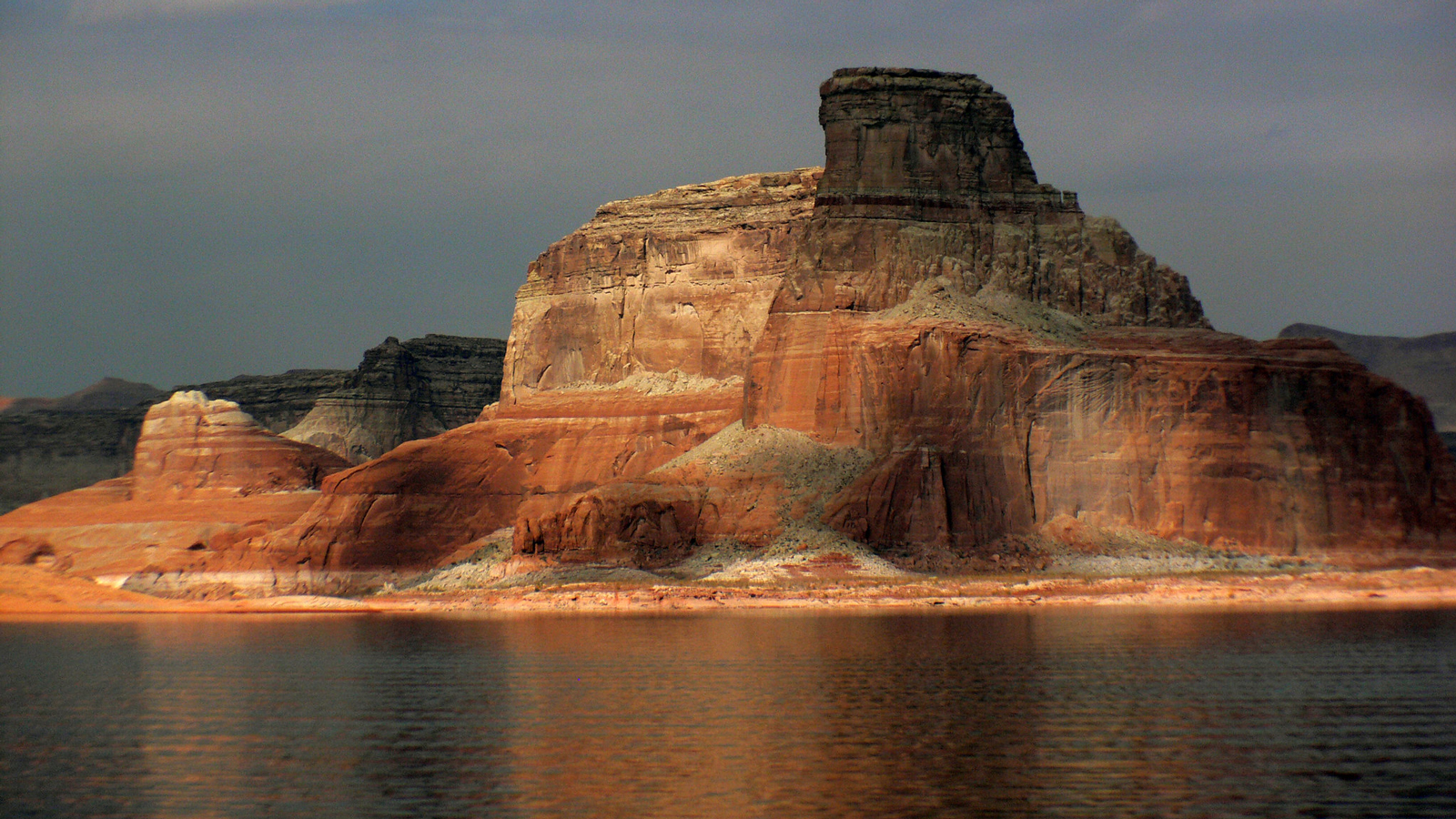National TV, cable, and other mass media outlets have been brimming with news that much of the American West is into its longest drought in 1,200 years. What does this mean for some of the country’s biggest rivers?
Consider the Rio Grande (North America’s 4th longest river, draining the 4th largest area) and the Colorado (5th longest, 7th largest drainage). Here are some particularly good articles – pulled from a large pool of strong coverage – about these two important and threatened rivers.
The Rio Grande
The vanishing Rio Grande: Warming takes a toll on a legendary river. Jim Robbins, Yale Environment 360. This story-rich article focuses on the section of the river that flows north to south through New Mexico. Here’s an update from NASA about the river in Albuquerque.
Drifting toward disaster: the (second) Rio Grande. Dylan Baddour, Inside Climate News. Even life-long westerners are likely to be surprised by the information here – and moved by the human stories.
The water supply of the San Luis Valley faces pressure as never before, Mark Obmascik, Alamosa Citizen and The Colorado Sun; and As drought hits farms, investors lay claim to Colorado water, Jennifer Oldham, Civil Eats. These two excellent articles focus on the upper Rio Grande, in Colorado’s San Luis Valley, an area with a complicated cultural history and recent controversies over the commodification of water. For the bigger picture, though focused on the Colorado River, see this New York Times article (by Ben Ryder Howe): Wall Street eyes billions in the Colorado’s water.
The Colorado River
Colorado River 100 Years, multiple writers from the Associated Press, Colorado Sun, Albuquerque Journal, Salt Lake Tribune, Arizona Daily Star, and Nevada Independent. This excellent series of ten informative and varied articles (with photos and short videos) will give you a rich understanding of many of the biggest issues facing the 40 million people and $15 billion agricultural industry using water from the shrinking Colorado River. In order of publication (two a day), the topics are: an overview of the 1920 Colorado River Compact and the current situation; northwest Mexico; southern California (the Imperial Valley and LA, owners of lots of water rights, opaque, hard-ball negotiators); Arizona (mostly southwestern, focus on political complications); tribes (29 of them, with complex variations of treaty rights, quantified legal rights, infrastructure, etc., and big issues of fairness; New Mexico (some Colorado River water is piped over the continental divide to join the Rio Grande); western Colorado (Wall Street water purchases for profit); Las Vegas (top-notch conservation and recycling); Utah (farming); and Flaming Gorge Reservoir (recreation where Utah, Wyoming, and Colorado meet).
The Guardian, Megadrought in the US south-west. This 7-part series offers some information likely to surprise even well-versed readers, though it is less comprehensive than its AP/collaborative counterpart (coincidentally published the same week). The first three stories (those published by the time of this writing): Utah tourism and growth, a megadrought overview (with a very good animated map of drought conditions since 2000), and alfalfa crops in California’s Imperial Valley.
The Colorado River is in crisis, and it’s getting worse every day. Karin Brulliard, photos by Matt McClain, Washington Post. A visually attractive and informative “interactive” look at the river’s course from the Continental Divide in Rocky Mountain National Park to the Mexican border.
As Colorado River dries, the U.S. teeters on the brink of larger water crisis. Abrahm Lustgarten, ProPublica. This interview with water guru Jay Famiglierti adds ground water depletion to the big picture.
Source link


